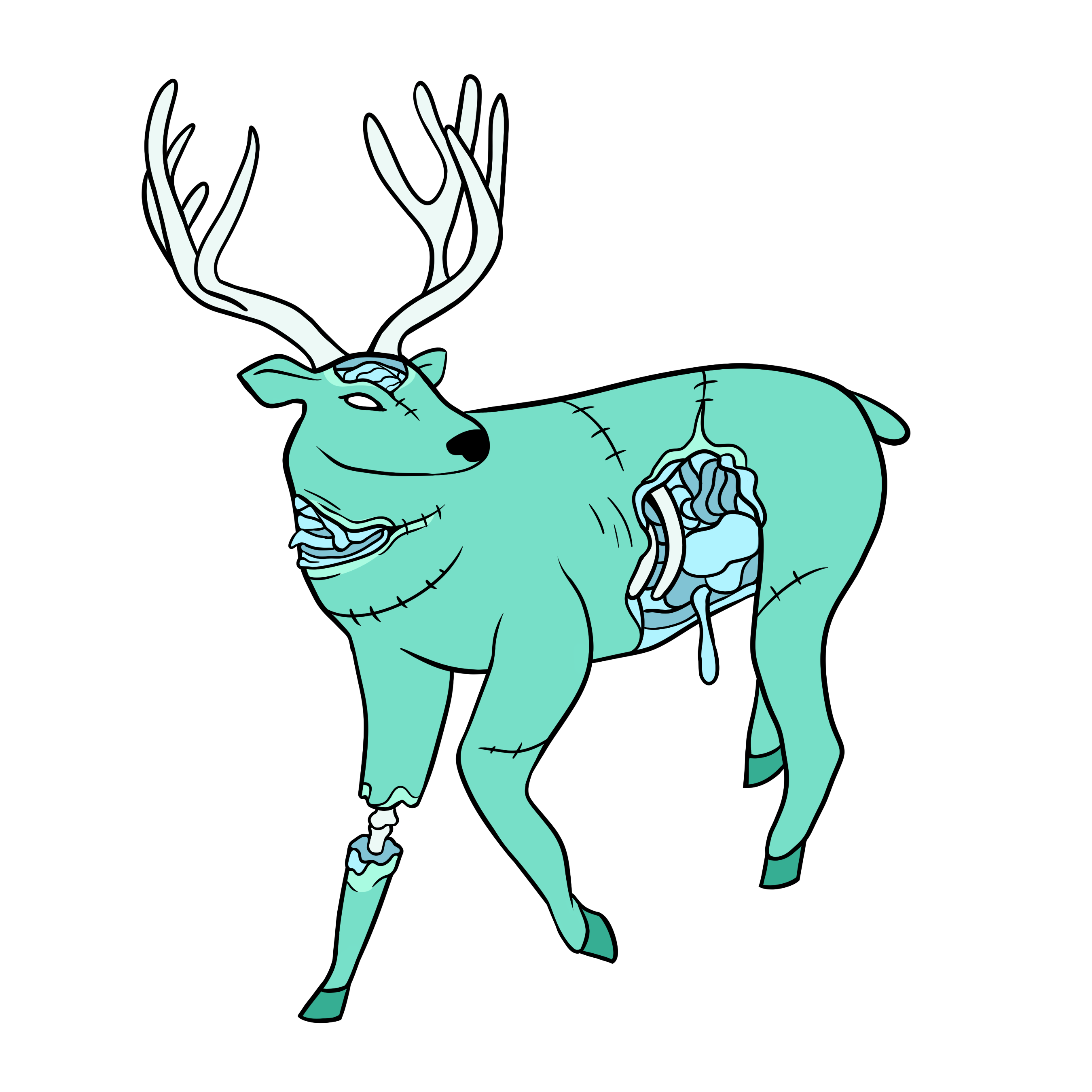
By Crystal Gwizdala
UNIVERSITY CENTER – As far as zombies go, these are pretty typical: bubbling lymph nodes, bulging spinal cords and sloppy saliva. There aren’t too many — somewhere under 17,000. But they don’t want to eat us; we want to eat them.
Chronic Wasting Disease (CWD), an incurable, fatal neurological disease affecting deer, poses a major problem in Michigan. This disease hasn’t been proven to cause disease in humans yet, but its relative mad cow disease has. If 1% of the 1.75 million population of deer in Michigan is afflicted with CWD, the disease is considered uncontrollable. How do you reduce the afflicted population of deer? Kill as many deer as possible.
“In lower Michigan, the number one predator is hunters,” says Michael Pressler, avid deer hunter and associate professor of biology at Delta College.
Over the past 20 years, the number of deer hunters has dropped from one million to 600,000.
Tick, tock. The disease remains dormant in deer for approximately 18 months. During that time, the disease can be spread to other animals. These distorted proteins don’t break down so they stick around in the brain and clump together into plaques and tiny fibers, called fibrils. Eventually, they cause problems that present as zombification, such as unsteady walking and loss of appetite.
The Department of Natural Resources (DNR) imposes hunting restrictions and regulations to keep the population down. First off are the point restrictions.
Female deer are usually ignored and left unscathed to produce the next generation. Since female deer don’t have antlers, the point restrictions incentivize hunters to kill more does for meat
“Everybody wants to shoot something with antlers,” says Pressler.
The disease can also persist in contaminated soil or water for a lengthy amount of time. In later stages of the disease, CWD can readily infect other members of the cervids family — elk, caribou, reindeer or moose — through bodily fluids such as saliva, blood, urine and feces. To combat these modes of transmission, the DNR imposed another restriction: ban baiting piles.
“A lot of the older generation hunters have been doing the same thing,” says Pressler. “Hunting over a bait pile for as long as they have, […] so this has a lot of people upset. […] Seven out of ten guys you talk to about the DNR [say] they won’t have anything to do with them.”
Since CWD was first identified in 1960 it’s spread throughout North America and into Europe, likely as a result of hunters transporting infected carcasses. The DNR now restricts movement of deer carcasses across some county lines and across any state lines.
The DNR advises sending deer heads in for testing before consuming any of the deer meat. While the Center for Disease Control and Prevention believes that the likelihood of humans contracting CWD is low, even if eating CWD infected meat, the possibility cannot be ruled out yet.
The disease will continue to ravage cervid brains and spread throughout North America if left unmanaged. Losing droves of plant-eaters would push long-term ecological implications higher up in the food chain, affecting predator populations.
Sometimes in order to protect the ecosystem and conserve a species, you must kill.

